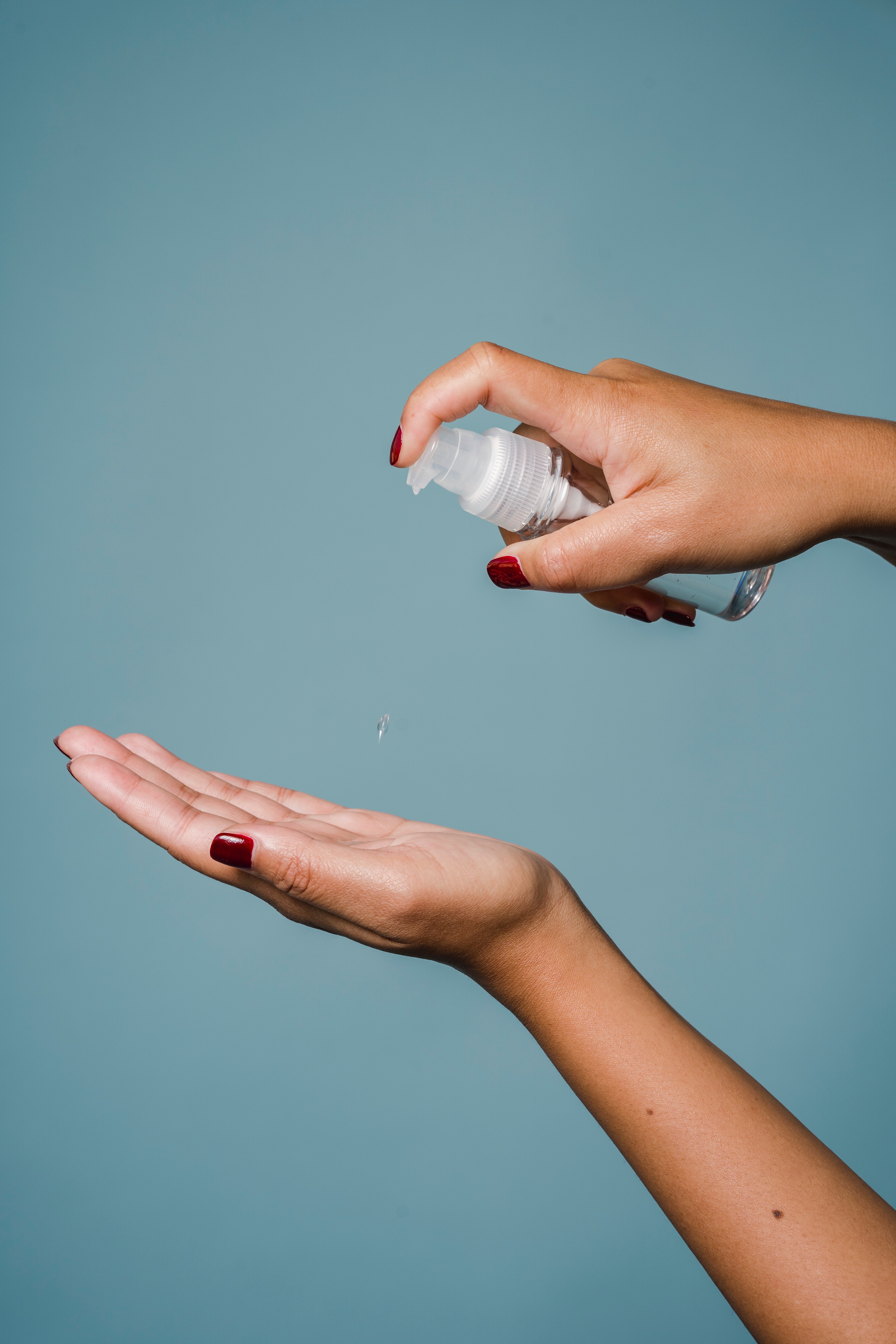Formaldehyde Donor Preservatives
Jul 10th 2021

When it comes to picking the healthiest choices in body, skin and self-care products, one of the biggest concerns from most consumers is whether certain types of preservatives are used in the formula. Whether or not a preservative is what is called a “formaldehyde donor” has gained more attention as consumers become more educated on how to shop. This concept is what we’re going to talk about here.
As most people already know, formaldehyde is a well-known human toxin. It is toxic even in relatively low amounts and has been exposed as being highly toxic in different types of hair curling and straightening treatments.
Unfortunately, these are the types of treatments I would have gotten in a heart beat when I was younger, without even understanding what I (and the stylist) were exposing ourselves to. And the fact they were administered without any sort of protective filtered mask is even more alarming. Related: Why Avoid Artificial Fragrances?
Now in the “age of the internet” though, at least there is more information out there. Admittedly the internet isn’t known for 100% accuracy though
We can now use our own minds and judgment and educate ourselves before buying products or treatments.
Often times, the stylists that are applying these types of formaldehyde-containing treatments come down with headaches and bloody noses if they don’t protect themselves from the fumes coming from these preparations. Although this may be considered anecdotal evidence, we do know that formaldehyde is toxic to human tissues, that much has been clinically proven.
What are formaldehyde donors?
Formaldehyde donors are preservatives which don’t actually contain formaldehyde themselves, but which are designed to slowly release formaldehyde as they age. These small releases of formaldehyde help control microbial growth, mold, fungus and other bacteria that grow in water-based products. While formaldehyde is highly toxic, it certainly is a potent microbial inhibitor.
And you can understand why when you consider it is used to preserve animal cadavers for study. I may be aging myself here, but does anyone remember dissecting frogs preserved in formaldehyde in school? Do you remember how noxious the fumes were and how you had to wear a mask?
The majority of the lotions, creams and other salves and mixtures out there for skincare do have water in them, so this is why the formaldehyde donor preservatives were so popular. Thankfully with the increasing awareness and attention to healthier alternatives, there are much less toxic preservative options out there.
You can also opt to buy more freshly made products, which need less preservatives, and have a “use by” date or “made on” date so you can know how long a window you have to use the product at its freshest. Read our FAQ’s about how we batch our products to ensure freshness and efficacy without formaldehyde donor preservatives.
Well, I think we’ve established that formaldehyde is definitely not a chemical you want to be putting on your body, nor inhaling into your lungs. It easily absorbs into the skin and is associated with all kinds of health issues due to its toxicity to human tissues.
Avoiding them: What to look for in your label
Takeaway: Formaldehyde is definitely something that should be avoided if at all possible. This means avoiding the fumes and any contact with the skin. It’s up to you whether to avoid the preservatives that turn into small amounts of this substance over time. The chemical industry says that they release formaldehyde at tiny amounts that are proven to be safe, however some may take that with a grain of salt.
One of the most common donor preservatives is the urea family – so if you’d like to avoid these, simply look for the word “urea” in the ingredient list. Another list of common donor preservatives are quaternium-15, DMDM hydantoin. And perhaps the most obvious advice – if you see formaldehyde itself in the ingredient list, this is definitely a no brainer to avoid.
You can find these in quite a few products still today, since they are so effective at maintain long shelf lives, which is very important when you consider most products do need to be able to last long periods of time that are sold in stores.

